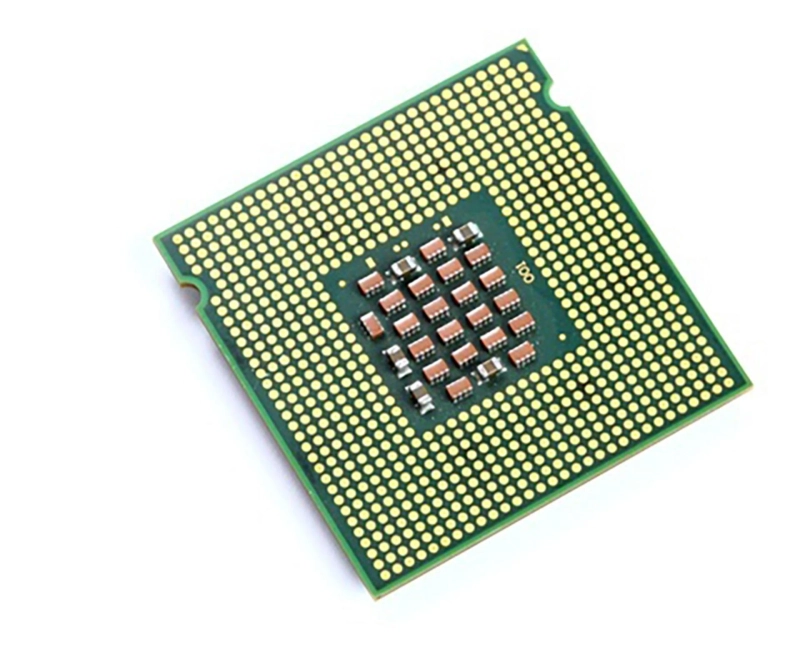In the dynamic realm of hardware verification, achieving optimal efficiency and robustness is non-negotiable. This article explores advanced strategies in UVM (Universal Verification Methodology) register modeling, covering high-level abstraction, automation, enhanced coverage and verification, performance optimization, integration with verification environments, continuous integration and delivery (CI/CD), UVM register model extensions, and verification tailored for emerging technologies.
1. High-Level Abstraction and Automation: Accelerating Development with Precision
a. Scripting for Automation:
Objective: Expedite register model creation and configuration.Implementation: Harness the power of Python and other scripting languages to automate the generation and configuration of UVM register models, ensuring precision and reducing manual efforts.b. Dynamic Object Creation in SystemVerilog:
Objective: Enable dynamic generation of register models from specifications.Implementation: Leverage SystemVerilog's dynamic object creation features to seamlessly translate design specifications into functional UVM register models, promoting adaptability.c. Integration with IP-XACT:
Objective: Establish a seamless design-to-verification flow.Implementation: Integrate UVM register models with standard formats like IP-XACT, fostering interoperability and ensuring a smooth transition from design to verification.2. Enhanced Coverage and Verification: A Holistic Approach to Assurance
a. Coverage Groups and Sequences:
Objective: Tailor coverage to the specifics of UVM register models.Implementation: Implement dedicated coverage groups and sequences to comprehensively capture and analyze UVM register model behavior, ensuring a thorough verification process.b. Random Constraint Generation:
Objective: Augment coverage through register-aware random constraint generation.Implementation: Apply advanced randomization techniques to systematically explore UVM register model states, enhancing coverage and uncovering potential corner cases.c. Formal Verification Techniques:
Objective: Ensure functional correctness through formal verification.Implementation: Employ formal methods to rigorously verify UVM register models, providing an additional layer of confidence in meeting specifications.3. Performance Optimization: Fine-Tuning for Simulation Excellence
a. Access and Update Methods Optimization:
Objective: Enhance simulation speed through optimized UVM register model methods.Implementation: Fine-tune UVM register model methods to streamline operations and reduce simulation time, ensuring a more efficient verification process.b. Caching Mechanisms:
Objective: Minimize redundancy and improve performance.Implementation: Integrate caching mechanisms within UVM register models to optimize data retrieval and reduce access times during simulation, contributing to a more responsive verification environment.c. Hierarchical Register Models:
Objective: Efficiently manage large designs.Implementation: Implement hierarchical structures within UVM register models to simplify management and enhance overall efficiency, particularly crucial for large-scale designs.4. Integration with Verification Environments: Ensuring Harmony and Flexibility
a. Compatibility with Various Methodologies:
Objective: Design UVM register models compatible with diverse verification methodologies (e.g., UVM, OVM).Implementation: Craft UVM register models that seamlessly integrate into different verification environments, ensuring adaptability and reusability across projects.b. Scoreboards and Monitors:
Objective: Track and analyze UVM register activity.Implementation: Utilize scoreboards and monitors to gain insights into UVM register behavior, facilitating effective debugging and analysis for a more thorough verification process.c. Functional Coverage Integration:
Objective: Ensure comprehensive verification.Implementation: Integrate UVM register models with functional coverage tools for a holistic approach, capturing a wide spectrum of functional scenarios and enhancing overall verification completeness.5. Continuous Integration and Continuous Delivery (CI/CD): Automating Excellence
a. Reusable Components:
Objective: Expedite verification setup.Implementation: Design UVM register models as reusable components, facilitating faster verification setup within CI/CD pipelines, promoting efficiency in the development lifecycle.b. Version Control Systems:
Objective: Track changes and collaborate effectively.Implementation: Utilize version control systems to systematically manage changes and enable collaborative development of UVM register models, ensuring version consistency and effective collaboration.c. Automation in CI/CD Pipelines:
Objective: Streamline deployment and execution.Implementation: Automate the deployment and execution of UVM register models within CI/CD pipelines, ensuring a consistent and efficient verification process with minimal manual intervention.6. UVM Register Model Extensions: Tailoring for Specific Demands
a. Custom Extensions:
Objective: Address specific needs, such as error injection or power modeling.Implementation: Develop custom extensions within UVM register models to cater to unique verification requirements, tailoring UVM to specific project demands.b. Contributions to Open Source Libraries:
Objective: Foster collaboration and innovation.Implementation: Contribute to open-source UVM register model libraries and frameworks, enriching the collective knowledge and resources available to the hardware verification community.c. Advanced UVM Register Model Features:
Objective: Leverage sophisticated UVM register model features.Implementation: Explore and implement advanced features within UVM register models, such as register access predictors, enhancing prediction capabilities and overall model sophistication.7. Verification for Emerging Technologies: Adapting to the Future
a. Adapting to AI/ML Accelerators and RISC-V Processors:
Objective: Tailor UVM register models for emerging technologies.Implementation: Adapt UVM register models to verify the functionality of AI/ML accelerators, RISC-V processors, and other cutting-edge technologies, ensuring preparedness for future challenges.b. Verification for Security and Safety-Critical Systems:
Objective: Ensure robustness in critical applications.Implementation: Utilize UVM register models for the verification of security and safety-critical systems, providing assurance in mission-critical scenarios where reliability is paramount.c. Hardware-Software Co-Design Verification:
Objective: Verify the synergy between hardware and software.Implementation: Develop UVM register models specifically designed for the verification of hardware-software co-design systems, ensuring seamless integration and functionality in increasingly complex designs.Conclusion: Mastering the Art of UVM Register Modeling
In conclusion, the mastery of UVM register models demands a multifaceted approach, incorporating high-level abstraction, advanced verification techniques, performance optimization, seamless integration, continuous automation, model extensions, and adaptability to emerging technologies. By implementing these strategies, hardware verification engineers can navigate the intricacies of modern design challenges, ensuring robustness, efficiency, and adaptability in the ever-evolving landscape of hardware verification.


